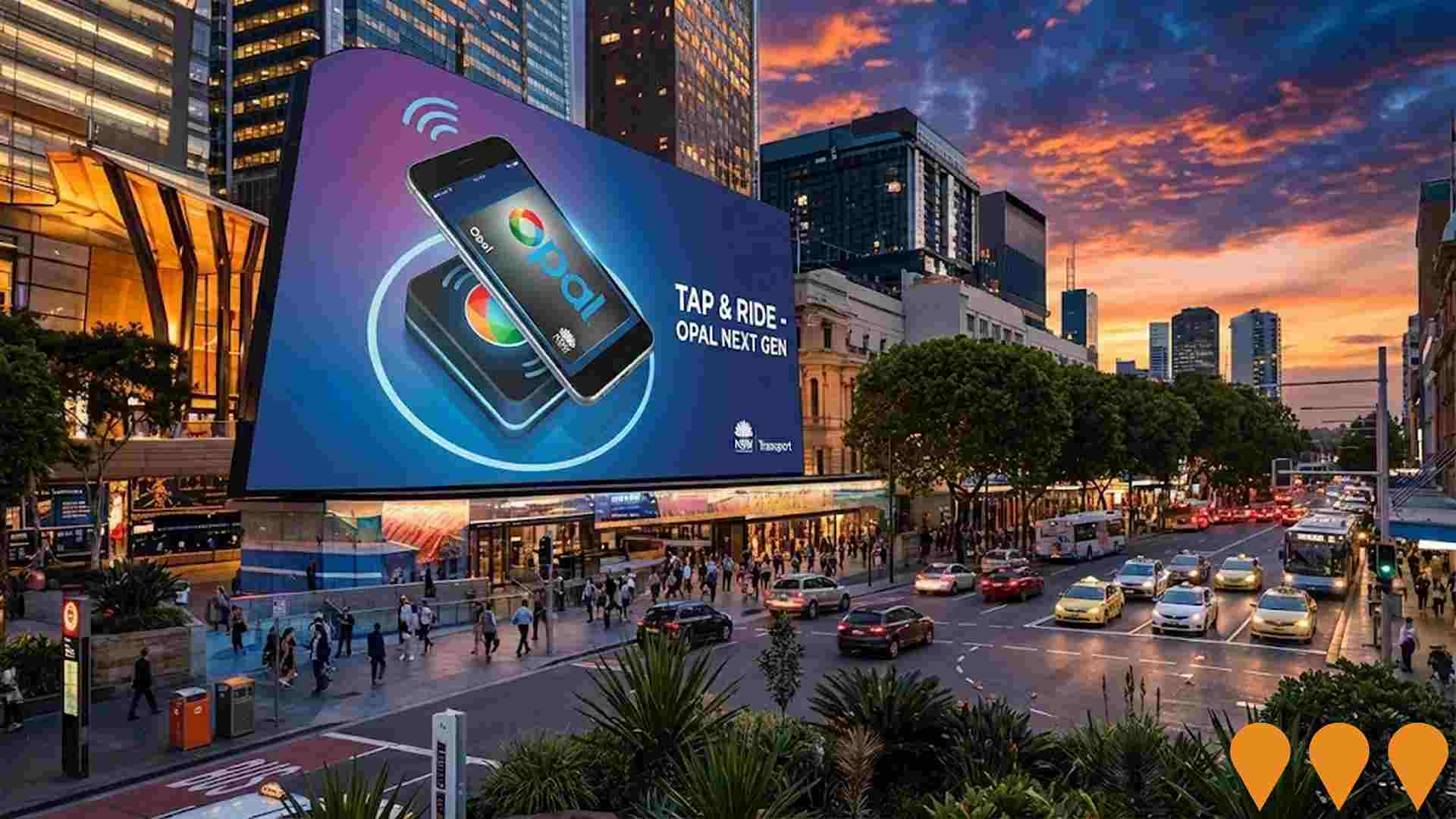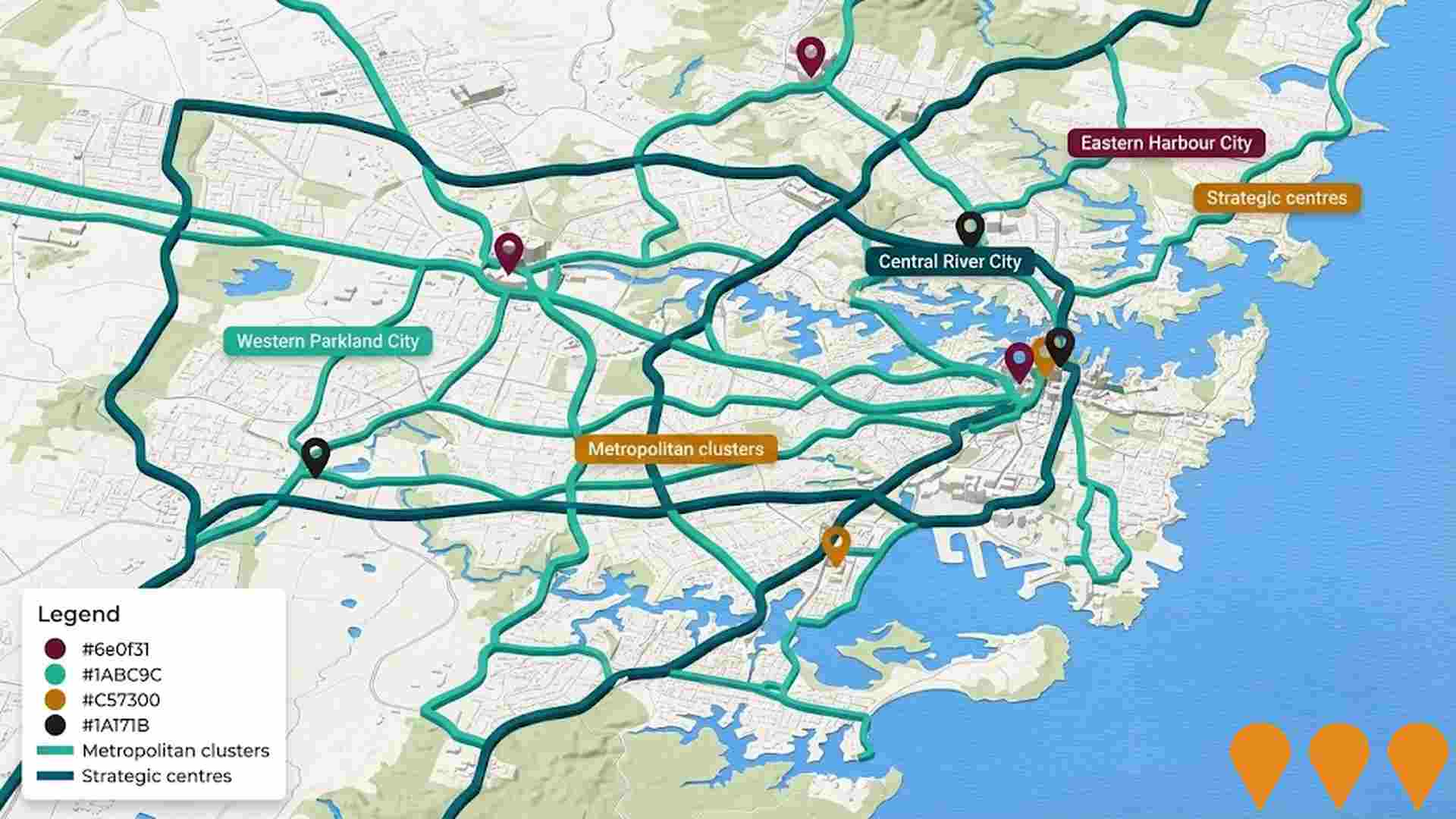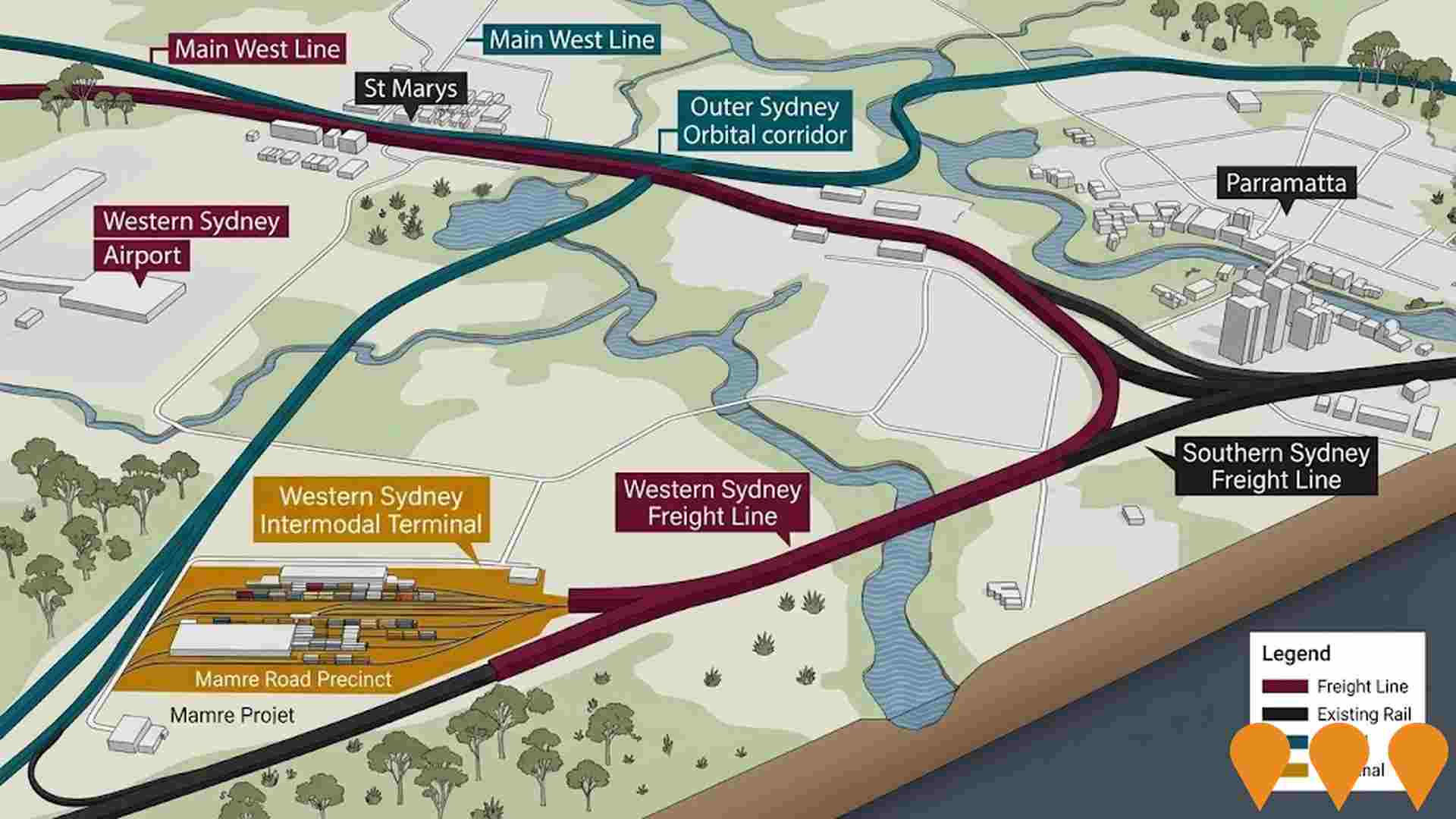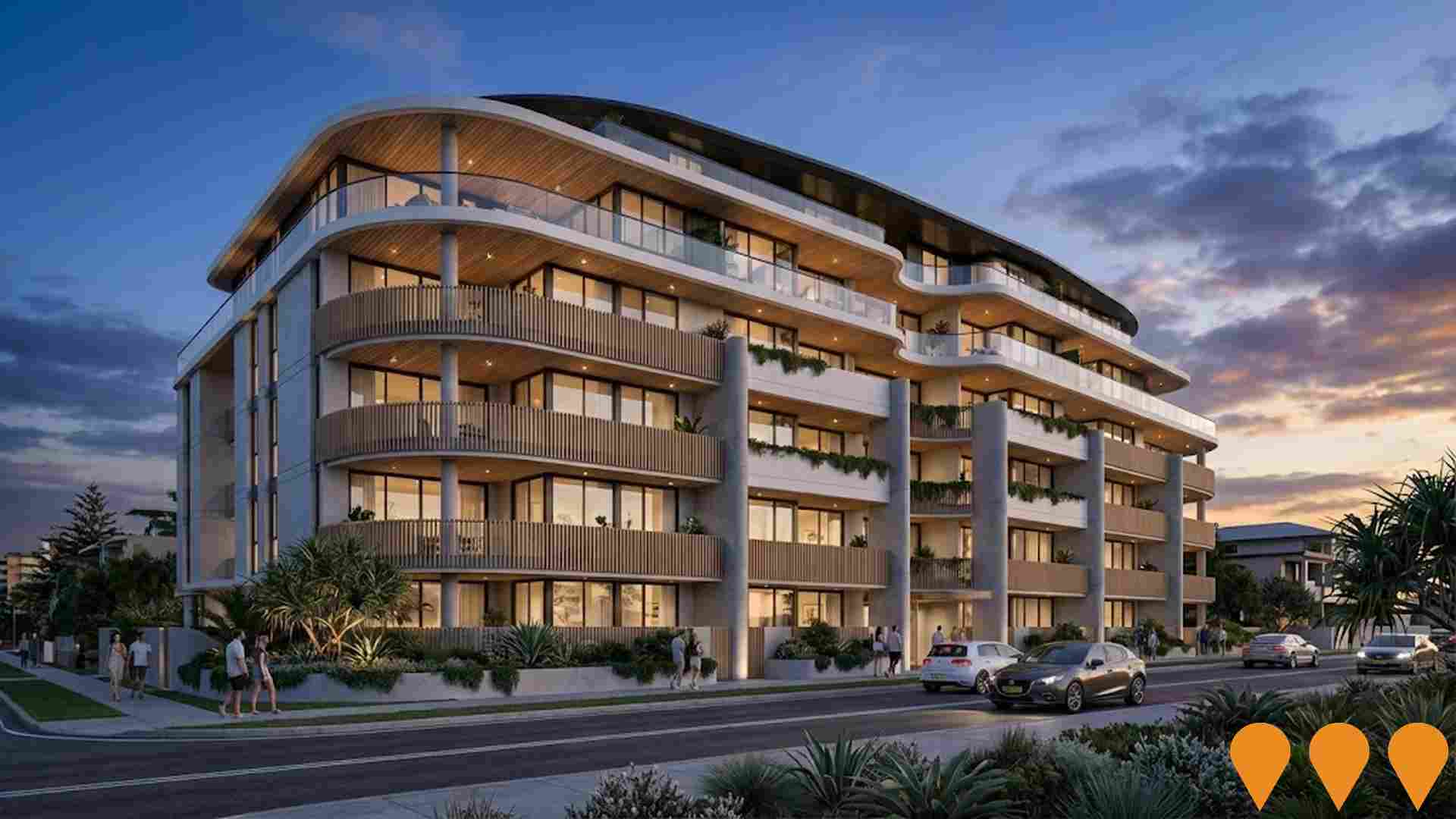Chart Color Schemes
est. as @ -- *
ABS ERP | -- people | --
2021 Census | -- people
Sales Activity
Curious about local property values? Filter the chart to assess the volume and appreciation (including resales) trends and regional comparisons, or scroll to the map below view this information at an individual property level.
Find a Recent Sale
Sales Detail
Population
Lilli Pilli - Port Hacking - Dolans Bay has seen population growth performance typically on par with national averages when looking at short and medium term trends
Lilli Pilli - Port Hacking - Dolans Bay's population is 3,372 as of Aug 2025. This shows an increase of 3 people since the 2021 Census, which recorded a population of 3,369. The change is inferred from ABS estimated resident population of 3,366 in June 2024 and 6 validated new addresses since the Census date. This results in a population density ratio of 2,655 persons per square kilometer, placing it in the upper quartile nationally according to AreaSearch's assessment. Overseas migration contributed approximately 79.5% of overall population gains recently.
AreaSearch uses ABS/Geoscience Australia projections for each SA2 area released in 2024 with a 2022 base year. For areas not covered, NSW State Government's SA2 level projections from 2022 with a 2021 base year are used. Growth rates by age group are applied to all areas for years 2032 to 2041. Based on projected demographic shifts, the area is expected to grow by 458 persons to 2041, recording a gain of 13.4% in total over the 17 years.
Frequently Asked Questions - Population
Development
AreaSearch assessment of residential development drivers sees a low level of activity in Lilli Pilli - Port Hacking - Dolans Bay, placing the area among the bottom 25% of areas assessed nationally
Lilli Pilli - Port Hacking - Dolans Bay has seen around 7 residential properties granted approval annually. Over the past five financial years, from FY21 to FY25, 36 homes were approved, with an additional 2 approved so far in FY26.
The average number of new residents per year per dwelling constructed over these years was 0.5. This suggests that new construction is meeting or exceeding demand, providing more options for buyers and enabling population growth. The average construction value of new properties is $767,000, indicating a focus on the premium segment. Compared to Greater Sydney, Lilli Pilli - Port Hacking - Dolans Bay has significantly less development activity, 69.0% below the regional average per person. This scarcity typically strengthens demand and prices for existing properties. Recent construction comprises 57.0% standalone homes and 43.0% attached dwellings, with a growing mix of townhouses and apartments offering options across different price points.
The location has approximately 354 people per dwelling approval, reflecting its established nature. Looking ahead, it is expected to grow by 452 residents by 2041. If current development rates continue, housing supply may not keep pace with population growth, potentially increasing competition among buyers and supporting stronger price growth.
Frequently Asked Questions - Development
Infrastructure
Lilli Pilli - Port Hacking - Dolans Bay has very high levels of nearby infrastructure activity, ranking in the top 10% nationally
No infrastructure changes significantly impact an area's performance. AreaSearch identified zero projects likely affecting this region. Key initiatives include Ozone Cronulla Apartment Development, Sutherland to Cronulla Active Transport Link (SCATL), M6 Stage 2, and Rail Service Improvement Program - T4 Illawarra & Eastern Suburbs Line. Relevant projects are detailed below.
Professional plan users can use the search below to filter and access additional projects.
INFRASTRUCTURE SEARCH
 Denotes AI-based impression for illustrative purposes only, not to be taken as definitive under any circumstances. Please follow links and conduct other investigations from the project's source for actual imagery. Developers and project owners wishing us to use original imagery please Contact Us and we will do so.
Denotes AI-based impression for illustrative purposes only, not to be taken as definitive under any circumstances. Please follow links and conduct other investigations from the project's source for actual imagery. Developers and project owners wishing us to use original imagery please Contact Us and we will do so.
Frequently Asked Questions - Infrastructure
Rail Service Improvement Program - T4 Illawarra & Eastern Suburbs Line
Ongoing major upgrade program delivering more reliable and frequent services on the T4 Illawarra and Eastern Suburbs Line. Works include Digital Systems signalling upgrades (now in delivery), platform extensions, new crossovers, power supply upgrades, Waterfall stabling yard, and accessibility improvements at multiple stations. The program will enable a 30% increase in peak-hour services and supports the introduction of new NIF (New Intercity Fleet) trains. Delivery is staged, with major packages continuing through to 2028.
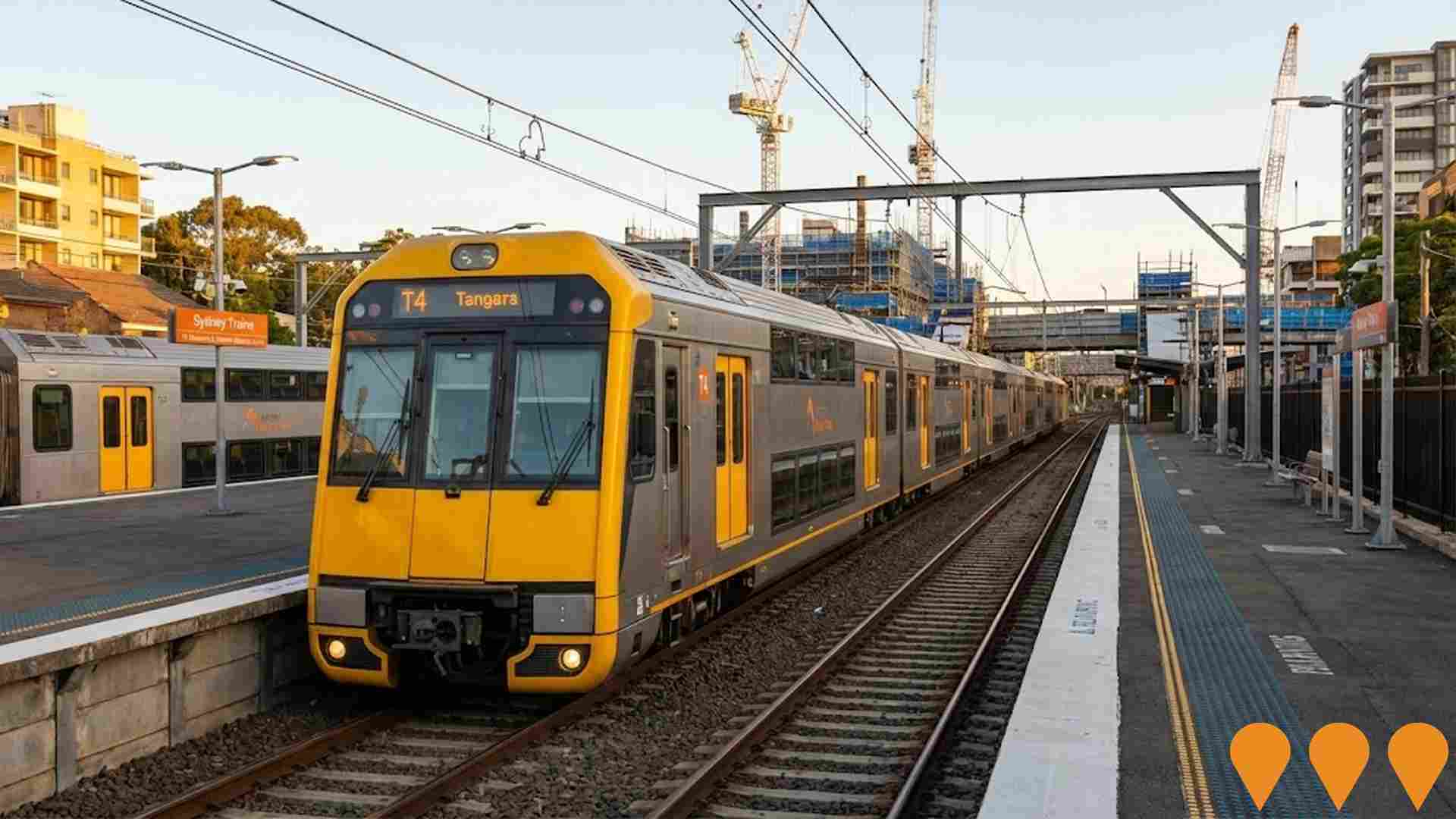
Sydney Metro
Australia's biggest public transport infrastructure program, delivering four new metro railway lines (City & Southwest, West, Western Sydney Airport, and extensions). As of December 2025, the City & Southwest line (M1) is fully operational from Chatswood to Sy1 Sydenham-Bankstown conversion is under construction with target opening 2026-2027. Sydney Metro West tunnelling is over 70% complete with all TBMs now at or past Parramatta, targeted for 2032 opening. Western Sydney Airport line civil works and station construction are progressing with services planned for airport opening in late 2026.

Low and Mid-Rise Housing Policy
State-wide NSW planning reforms via amendments to the State Environmental Planning Policy to enable more diverse low and mid-rise housing (dual occupancies, terraces, townhouses, manor houses and residential flat buildings up to 6 storeys) in well-located areas within 800 m of selected train, metro and light-rail stations and town centres. Stage 1 (dual occupancies in R2 zones statewide) commenced 1 July 2024. Stage 2 (mid-rise apartments, terraces and dual occupancies near stations) commenced 28 February 2025. Expected to facilitate up to 112,000 additional homes over the next five years.
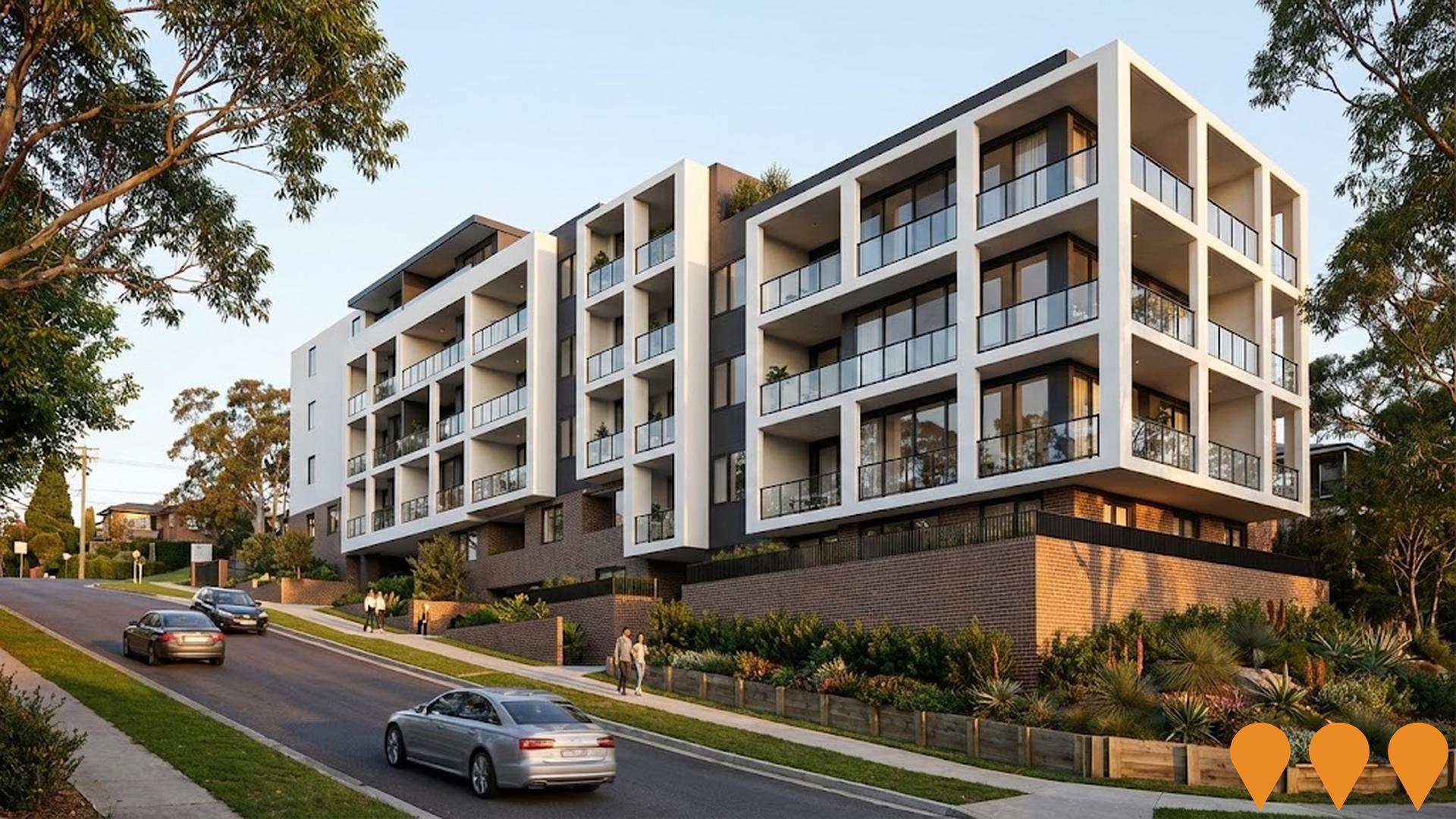
Mariyung Fleet (New Intercity Fleet)
The Mariyung Fleet is a 610-carriage double-deck electric train fleet being delivered by RailConnect NSW (UGL, Hyundai Rotem, Mitsubishi Electric Australia) for Transport for NSW. Named after the Darug word for emu, the fleet commenced passenger services on the Central Coast & Newcastle Line on 3 December 2024, followed by the Blue Mountains Line on 13 October 2025. Services on the South Coast Line are scheduled to commence in 2026. The fleet features modern amenities including spacious 2x2 seating, charging ports, improved accessibility with wheelchair spaces and accessible toilets, CCTV emergency help points, and dedicated spaces for luggage, prams and bicycles. The trains operate in flexible 4-car, 6-car, 8-car or 10-car formations. The fleet replaces aging V-set trains that entered service in the 1970s and serves approximately 26 million passenger journeys annually across the electrified intercity network. Supporting infrastructure includes the new Kangy Angy Maintenance Facility, platform extensions, and signaling upgrades at multiple stations.
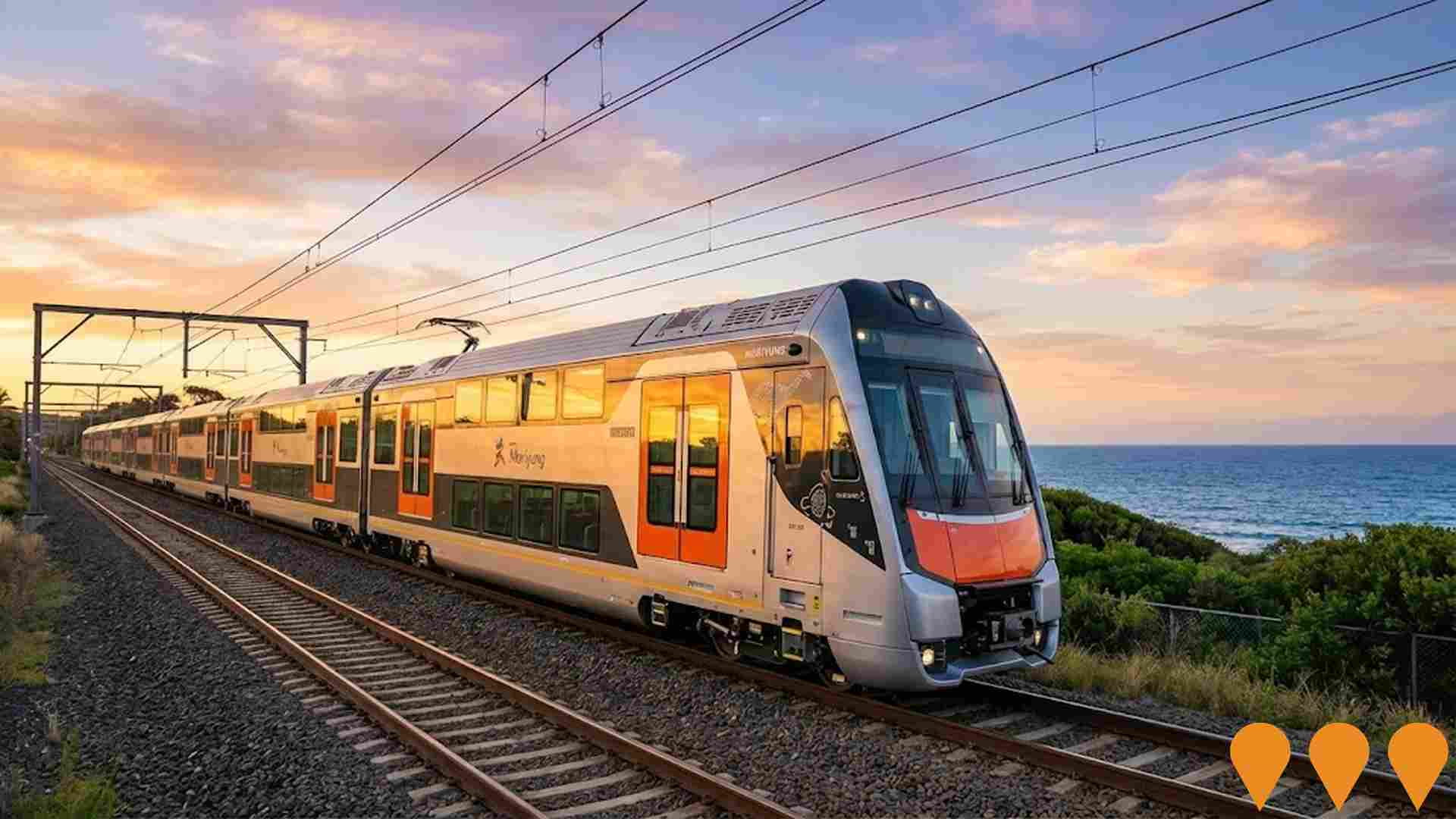
M6 Stage 2
M6 Stage 2 is the proposed southern extension of the M6 motorway from President Avenue at Kogarah through twin tunnels to connect with the Princes Highway near Loftus and ultimately link to the M1 Princes Motorway. The project has been indefinitely shelved since 2022 due to market conditions, labour shortages and lack of funding commitment. The corridor remains reserved but there is no active planning, approval process or construction timeline as of December 2025.
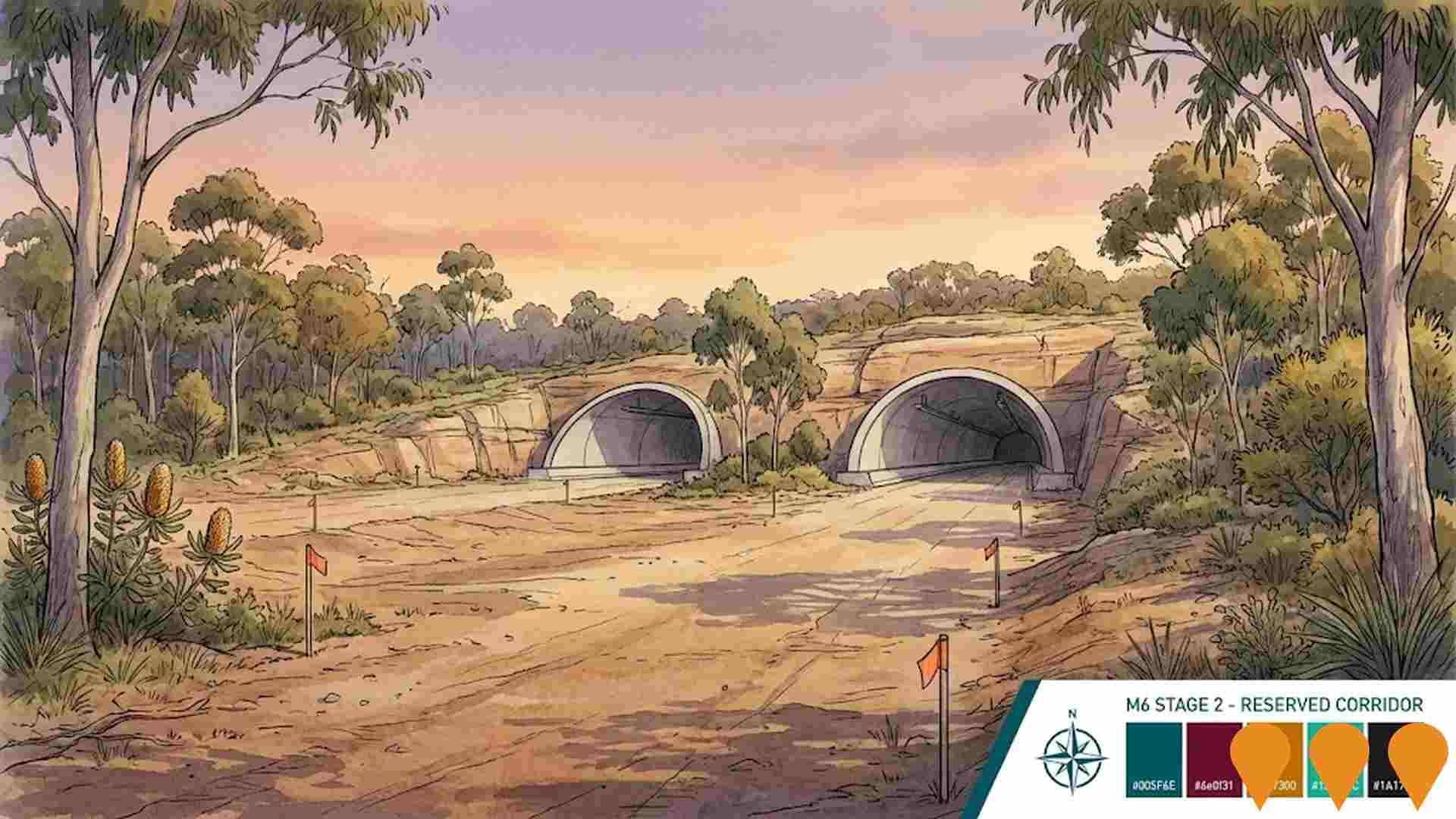
Rail Service Improvement Program (formerly More Trains More Services)
Program of staged upgrades across Sydney's heavy rail network to increase frequency and capacity through digital systems, track and signalling works, station upgrades and new or upgraded rollingstock. Formerly branded as More Trains More Services, the program continues delivery on lines including T4 Eastern Suburbs & Illawarra, T8 Airport & South, and integration works tied to broader network changes.

Illawarra Rail Resilience Plan
Comprehensive plan to examine and upgrade rail infrastructure along South Coast Line between Sydney and Wollongong. Includes improving resilience of cuttings, embankments, drainage systems, and ballast cleaning. Coalcliff/Scarborough tunnel upgrade underway.
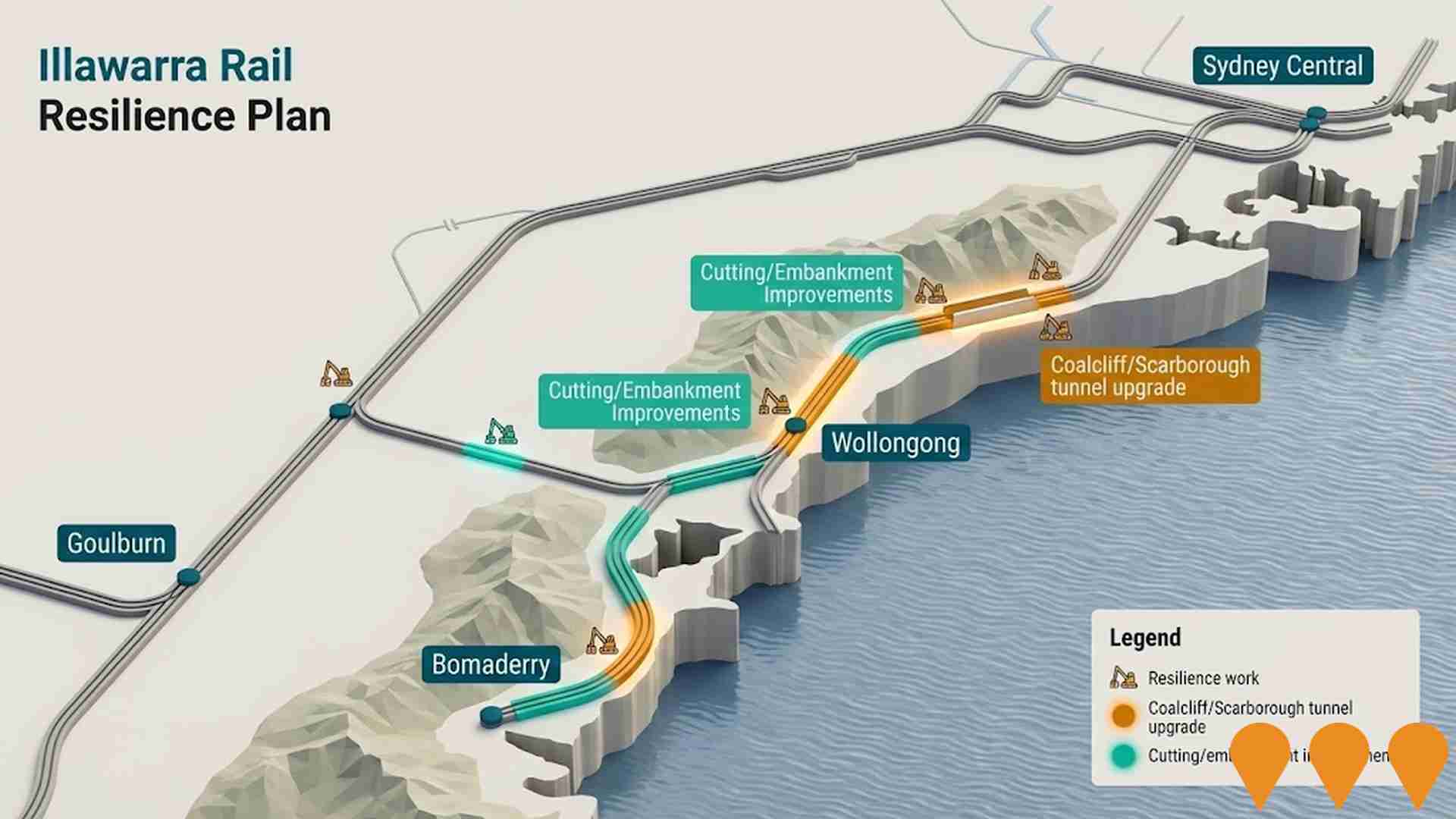
Sutherland to Cronulla Active Transport Link (SCATL)
The Sutherland to Cronulla Active Transport Link (SCATL) is an 11km cycleway and pedestrian path connecting Sutherland to Cronulla, utilizing the rail corridor and various locations. Stage 1 (Sutherland to Kirrawee) and Stage 2 (Kirrawee to Caringbah, including Jackson Avenue, Miranda to Gannons Road, Caringbah) are completed, with Stage 2 finalized in early 2024 using $65M in funding. Stage 3 (Caringbah to Cronulla) is in construction, with a focus on connecting key centers, transport hubs, schools, and business precincts in the Sutherland Shire.
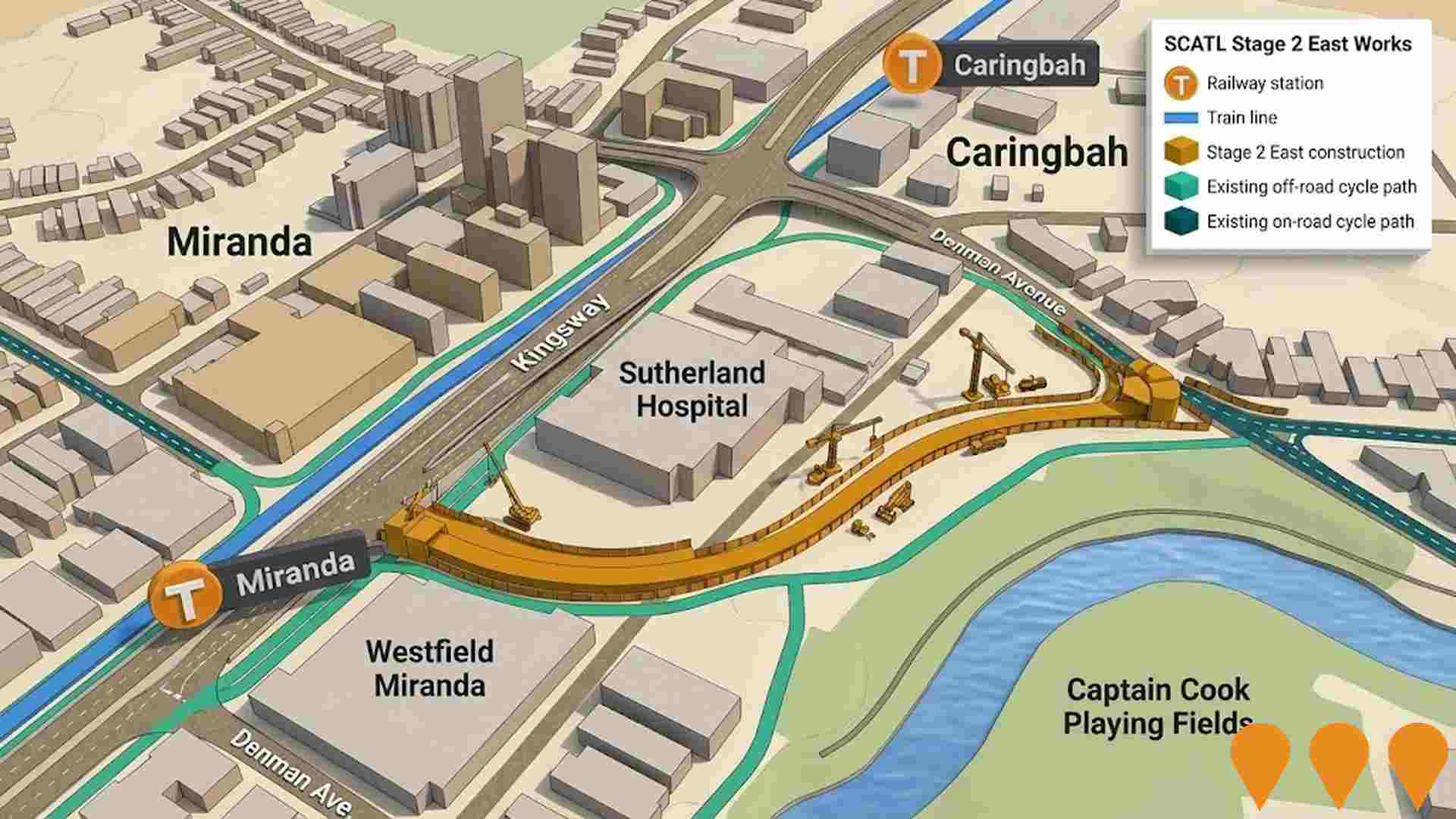
Employment
Employment conditions in Lilli Pilli - Port Hacking - Dolans Bay rank among the top 10% of areas assessed nationally
Lilli Pilli - Port Hacking - Dolans Bay has a highly educated workforce with strong professional services representation. The unemployment rate was 0.7% as of June 2025, compared to Greater Sydney's 4.2%.
Employment growth over the past year was estimated at 2.9%. There were 2,012 residents in work by June 2025, with a workforce participation rate of 66.9%, higher than Greater Sydney's 60.0%. Key employment sectors include construction, professional & technical, and education & training, with notable concentration in construction at 1.6 times the regional average. Health care & social assistance showed lower representation at 11.5% compared to the regional average of 14.1%.
Employment opportunities locally may be limited, as indicated by Census data on working population versus resident population. Between June 2024 and June 2025, employment increased by 2.9%, labour force grew by 3.2%, causing unemployment to rise by 0.3 percentage points. In Greater Sydney, employment grew by 2.6%, labour force expanded by 2.9%, and unemployment rose by 0.3 percentage points during the same period. Jobs and Skills Australia's national employment forecasts from May 2025 project overall growth of 6.6% over five years and 13.7% over ten years, with varying rates across industry sectors. Applying these projections to Lilli Pilli - Port Hacking - Dolans Bay's employment mix suggests local growth of approximately 6.9% over five years and 13.9% over ten years.
Frequently Asked Questions - Employment
Income
The economic profile demonstrates exceptional strength, placing the area among the top 10% nationally based on comprehensive AreaSearch income analysis
According to AreaSearch's aggregation of latest postcode level ATO data released for financial year 2022, Lilli Pilli - Port Hacking - Dolans Bay had a median income among taxpayers of $70,199. The average income stood at $104,531. This places it in the top percentile nationally. In comparison, Greater Sydney's median and average incomes were $56,994 and $80,856 respectively. Based on Wage Price Index growth of 12.61% since financial year 2022, current estimates for Lilli Pilli - Port Hacking - Dolans Bay would be approximately $79,051 (median) and $117,712 (average) as of September 2025. From the 2021 Census, household, family and personal incomes in Lilli Pilli - Port Hacking - Dolans Bay rank highly nationally, between the 91st and 99th percentiles. Income analysis shows that 43.9% of individuals earn over $4,000 annually (1,480 individuals), contrasting with the regional leading bracket of $1,500 - 2,999 at 30.9%. The district exhibits significant affluence with 58.0% earning over $3,000 per week, supporting premium retail and service offerings. After housing costs, residents retain 86.8% of their income, indicating strong purchasing power. The area's SEIFA income ranking places it in the 10th decile.
Frequently Asked Questions - Income
Housing
Lilli Pilli - Port Hacking - Dolans Bay is characterized by a predominantly suburban housing profile, with above-average rates of outright home ownership
In Lilli Pilli - Port Hacking - Dolans Bay, as per the latest Census, 94.7% of dwellings were houses while 5.3% comprised semi-detached homes, apartments and other types. In contrast, Sydney metropolitan area had 52.4% houses and 47.6% other dwellings. Home ownership in Lilli Pilli - Port Hacking - Dolans Bay stood at 48.3%, with mortgaged properties at 44.1% and rented ones at 7.6%. The median monthly mortgage repayment was $3,900, higher than Sydney's average of $2,774. The median weekly rent was $833 compared to Sydney's $500. Nationally, Lilli Pilli - Port Hacking - Dolans Bay's mortgage repayments were significantly higher at $3,900 versus Australia's average of $1,863, and rents were substantially above the national figure of $375 at $833.
Frequently Asked Questions - Housing
Household Composition
Lilli Pilli - Port Hacking - Dolans Bay features high concentrations of family households, with a higher-than-average median household size
Family households comprise 90.3% of all households, including 55.0% couples with children, 28.3% couples without children, and 6.4% single parent families. Non-family households account for the remaining 9.7%, with lone person households at 9.3% and group households making up 0.4%. The median household size is 3.2 people, larger than the Greater Sydney average of 2.5.
Frequently Asked Questions - Households
Local Schools & Education
Educational achievement in Lilli Pilli - Port Hacking - Dolans Bay places it within the top 10% nationally, reflecting strong academic performance and high qualification levels across the community
The area's educational profile is notable regionally, with university qualification rates at 36.2% of residents aged 15+, surpassing the Australian average of 30.4% and the SA4 region's rate of 31.0%. Bachelor degrees are most common at 24.8%, followed by postgraduate qualifications (8.3%) and graduate diplomas (3.1%). Vocational credentials are also prevalent, with 32.1% of residents aged 15+ holding such qualifications – advanced diplomas comprise 12.4% and certificates make up 19.7%.
Educational participation is high, with 31.6% of residents currently enrolled in formal education. This includes 10.3% in primary education, 9.5% in secondary education, and 6.5% pursuing tertiary education. Lilli Pilli Public School serves the area, enrolling 355 students as of a recent date. The area exhibits significant socio-educational advantages and academic achievement (ICSEA: 1114). There is one school focusing exclusively on primary education, with secondary options available in nearby areas. School places per 100 residents stand at 10.5, lower than the regional average of 13.9, suggesting some students may attend schools outside the area.
Frequently Asked Questions - Education
Schools Detail
Nearby Services & Amenities
Transport
Transport servicing is moderate compared to other areas nationally based on assessment of service frequency, route connectivity and accessibility
Lilli Pilli, Port Hacking, Dolans Bay have 19 active public transport stops. These are served by buses only. There are 4 different routes operating in total.
The combined weekly passenger trips across these routes amount to 480. Residents' average distance to the nearest stop is 146 meters. Daily service frequency averages 68 trips across all routes, equating to approximately 25 weekly trips per individual stop.
Frequently Asked Questions - Transport
Transport Stops Detail
Health
Lilli Pilli - Port Hacking - Dolans Bay's residents boast exceedingly positive health performance metrics with very low prevalence of common health conditions across all age groups
Lilli Pilli - Port Hacking - Dolans Bay shows exceptional health outcomes across all age groups, with a very low prevalence of common health conditions. The area has a high private health cover rate of approximately 74% (2,485 people), compared to Greater Sydney's 65.7%. Nationally, the average is 55.3%.
Arthritis and asthma are the most prevalent medical conditions, affecting 6.8% and 5.6% of residents respectively. 77.0% of residents report being completely clear of medical ailments, compared to Greater Sydney's 72.3%. The area has 18.7% (630 people) of residents aged 65 and over, lower than Greater Sydney's 21.1%. Senior health outcomes are strong and align with the general population's health profile.
Frequently Asked Questions - Health
Cultural Diversity
Lilli Pilli - Port Hacking - Dolans Bay ranks below the Australian average when compared to other local markets across a number of language and cultural background related metrics
Lilli Pilli - Port Hacking - Dolans Bay had a cultural diversity index of below average, with 87.0% born in Australia, 95.7% being citizens, and 91.3% speaking English only at home. Christianity was the main religion, comprising 68.5%, compared to Greater Sydney's 61.2%. The top three ancestry groups were English (29.4%), Australian (27.2%), and Irish (9.8%).
French (1.0%) and Greek (3.7%) were notably overrepresented, while Macedonian was slightly underrepresented at 0.6% compared to the regional average of 0.7%.
Frequently Asked Questions - Diversity
Age
Lilli Pilli - Port Hacking - Dolans Bay hosts an older demographic, ranking in the top quartile nationwide
Lilli Pilli - Port Hacking - Dolans Bay has a median age of 41 years, which is significantly higher than Greater Sydney's average of 37 years and slightly older than Australia's median age of 38 years. Comparing it with Greater Sydney, the 15-24 age group is notably over-represented at 17.5%, while the 25-34 age group is under-represented at 7.1%. According to the 2021 Census, the 15-24 age group has increased from 15.4% to 17.5%, and the 75-84 age group has grown from 5.1% to 6.9%. Conversely, the 45-54 age group has decreased from 15.2% to 13.8%. Demographic projections suggest that by 2041, Lilli Pilli - Port Hacking - Dolans Bay's age profile will change significantly. The 45-54 age group is projected to grow by 28%, adding 132 residents and reaching a total of 599. Meanwhile, both the 0-4 and 35-44 age groups are expected to decrease in number.
